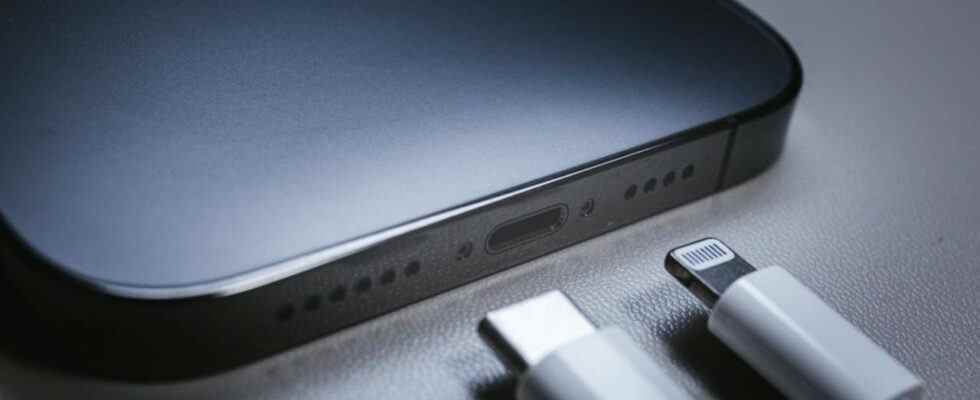The European Union Parliament has been holding talks for a long time on the fact that smart phones, tablets, computers and similar technological products have different charging ports and the environmental waste load created by this situation. It was even rumored that Apple might have to quit Lightning. In today’s voting, this situation became final with 43 in favour, two rejections and abstentions. Now the iPhone charging port will be Type-C.
Europe agrees on one type: iPhone charging port will be Type-C!
About 6 years ago, all electronics manufacturers started integrating Type-C into their devices. Although initially we only see these entries on flagship phones and tablets, they are now available on almost all devices.

This technology, which brings with it many innovations in both data transfer speeds and charging times, has spread rapidly all over the world in a very short time. All devices, from wireless headphones to laptops, began to include Type-C inputs.
Of course, Apple continued to use its own patented technology, the Lightning input. But after a point, he started to use it on his tablets due to the features that Type-C brought with it. In fact, the ends of the cables connected to the charging adapters have also turned to Type-C. But he never made this transition on his phones.

But this situation is not exclusive to Apple. Although the number is decreasing, there are still smartphone manufacturers using Micro Usb B and computer and tablet manufacturers using their own patented charging input methods. However, with this decision taken by the European Parliament, all devices, including Apple’s iPhone models, will have Type-C charging ports. Although it is not yet certain when this process will start, we expect to see changes from next year.
What do you think about this subject? Don’t forget to share your feedback with us on the SDN Forum or in the comments!
